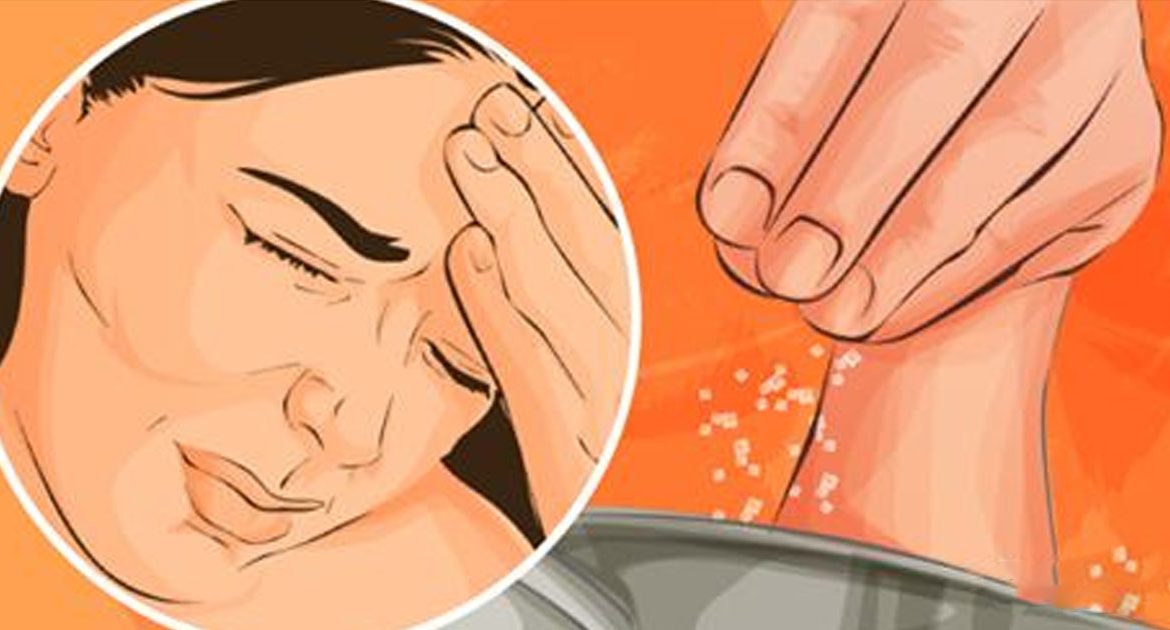It’s well-known that too much salt is bad for you. The American Heart Association states that the upper limit of daily sodium intake should be 2,300 mg, and the optimal amount of sodium is 1,500 mg a day. Table salt – the one we use in cooking – consists of sodium and chloride, and you need a small amount of both in your diet. But when you crave something salty, it often happens to be an unhealthy food, such as potato chips or meat jerky. And if you give in to that craving, you’re likely to eat more than the recommended amount of salt.
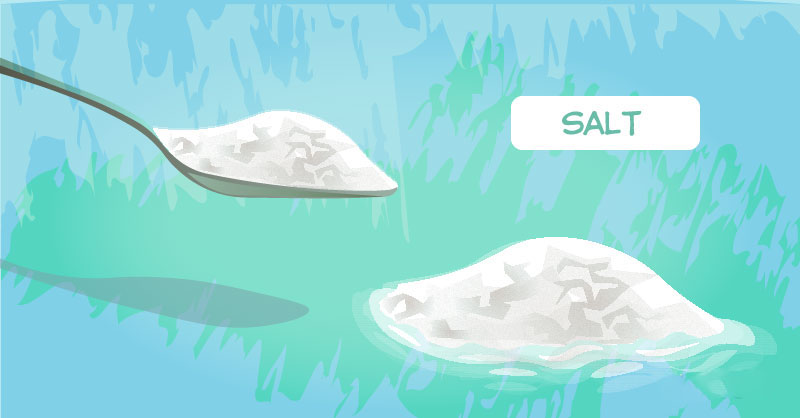
Salt cravings are hard to resist. In most cases, this is just your brain’s whim that makes you want a salty snack. But craving salt could also be a sign of a medical condition or a lack of certain nutrients. If salt cravings are also accompanied by other symptoms, you need to tell your doctor about it.
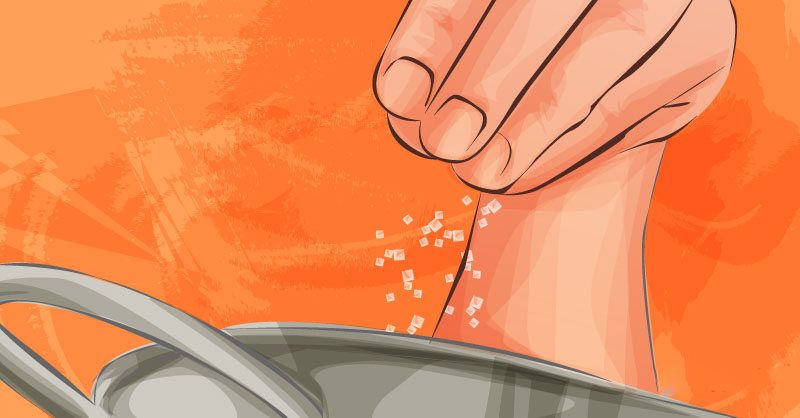
So, here are some possible reasons for your salt cravings:
Premenstrual syndrome (PMS)
Many women experience symptoms of premenstrual syndrome every month before their period starts. These symptoms include mood swings, trouble sleeping, and cravings for salty, sugary, and fatty foods. If you crave salt and have other symptoms around that time of the month, it can be PMS.
Your emotions
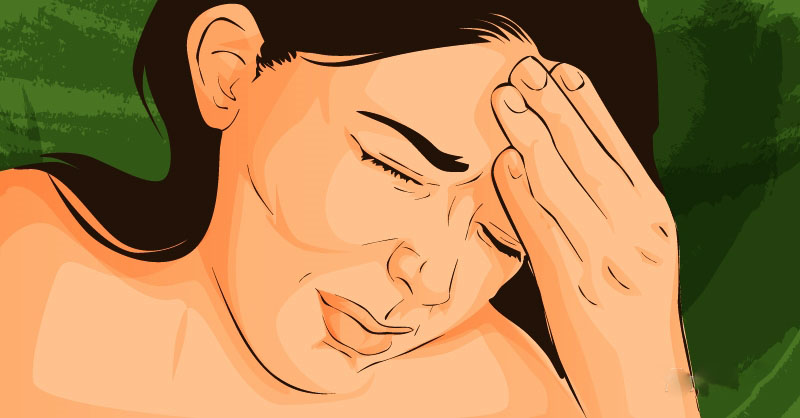
Many people tend to eat not only when they are hungry but stressed, upset, or bored. This is called “emotional eating” and can easily lead to unwanted weight gain. Eating meals at a fixed time every day and snacking on something healthy (e.g. unsalted nuts, berries, apples, or bananas) in between may help relieve your cravings for unhealthy foods that are high in salt.
Electrolyte imbalance
When your electrolytes are out of balance, you may experience salt cravings and the following symptoms:
- headache;
- lack of energy;
- nausea and vomiting;
- mood swings;
- confusion;
- seizures (in severe cases).
Dehydration
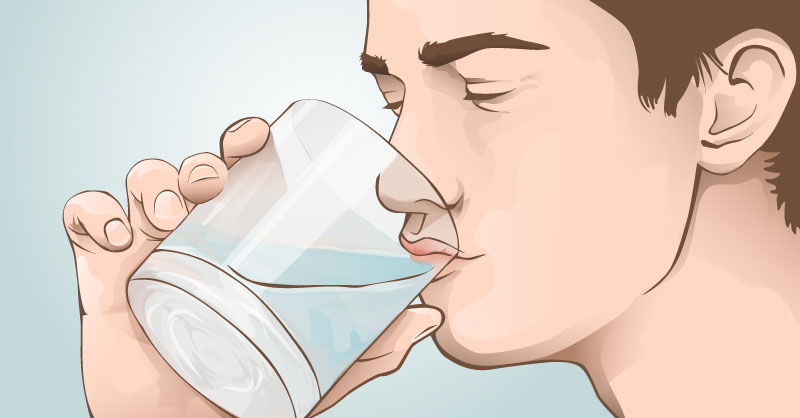
Dehydration is a more serious cause of craving salty foods. If you also have symptoms such as increased thirst, decreased urination, headache, and muscle cramps, you may be dehydrated.
The need for 8 glasses of water a day is a myth; everyone has different need for fluids. Drink water whenever you feel thirsty; fruits and vegetables that are high in water can also help you stay hydrated.
Addison’s disease
In people with Addison’s disease, the adrenal glands produce less hormones than they should. It can lead to a number of symptoms that include salt cravings and the following:
- extreme weakness and tiredness;
- loss of appetite and weight loss;
- low blood pressure;
- nausea, vomiting, and diarrhea;
- brownish patches on the skin.
Bartter syndrome
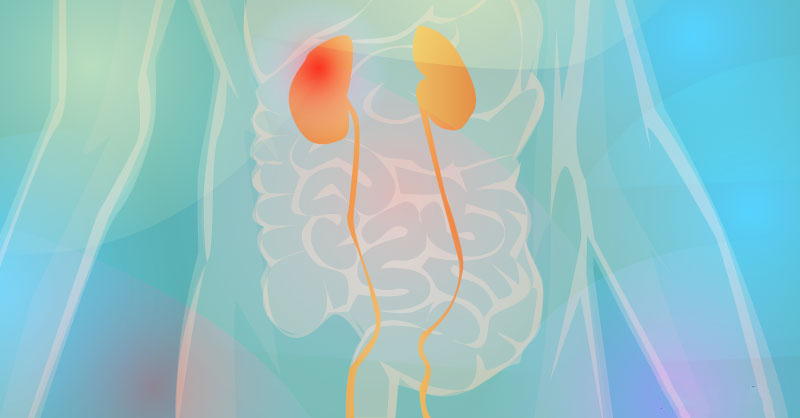
This is a rare kidney disorder; people who have it can’t reabsorb sodium. They lose sodium, calcium, and potassium in their urine. Other than salt cravings, symptoms of Bartter syndrome include:
- (in children) slow weight gain;
- low blood pressure;
- kidney stones;
- constipation;
- muscle weakness and cramps;
- frequent urge to urinate.
Salt cravings without any other symptoms are probably just wants, not needs. But if you have other symptoms, it’s a good reason to talk to your doctor.
